TECH TUESDAY: A close look at the ‘experimental’ new nose McLaren tested at Mugello

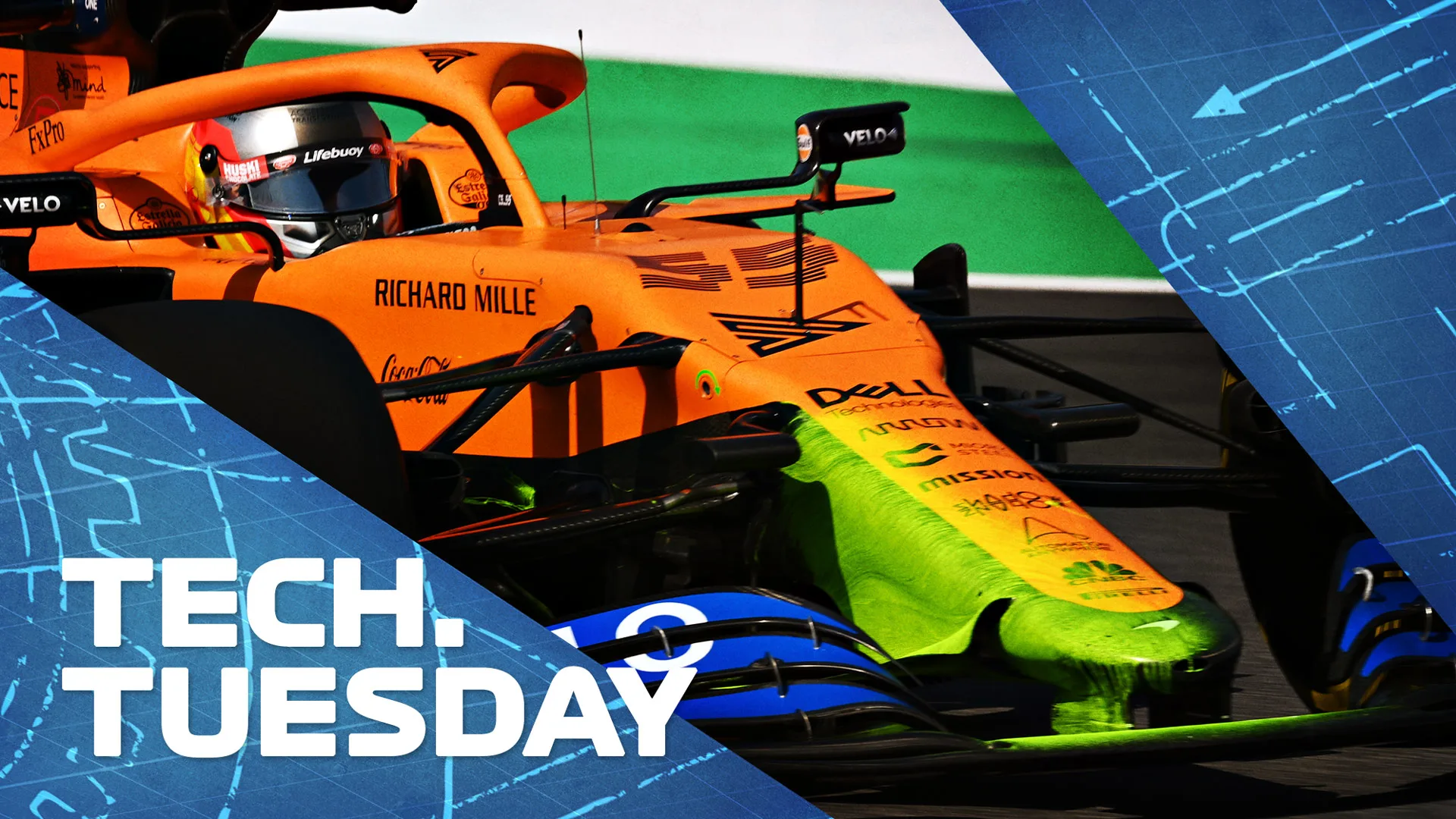
McLaren trialled a new front wing at Mugello in Friday practice, but why the mid-season change of concept? Mark Hughes explains all, with technical illustrations from Giorgio Piola.
The new nose trialled by McLaren on Carlos Sainz’s car during Friday practice at Mugello is part of a wider aerodynamic upgrade the team are researching before committing to the homologated parts deadline at the end of this month.
READ MORE: FIA approve reduced 2021 F1 cost cap and new sliding scale rules for aero testing
As part of the extra cost saving measures introduced to F1 in the wake of the pandemic, teams are obliged to use their 2020 cars into next season, ahead of the introduction of an entirely new set of aerodynamic regulations in 2022.
Certain key parts of the car are frozen in spec (homologated) and can only be upgraded by the spending of notional tokens. Each of the homologated parts have an associated token value of either one or two – and teams can spend up to a total of three.
Before the delayed start to the season, the FIA laid out which parts were to be homologated and when. Some were from the first race, in Austria in July. Others are homologated at the end of this month. The nose and front impact structure are one of the parts not due for homologation until the end of the month – so to avoid spending a valuable token on changing it later, a team may wish to get in that change ahead of the deadline.
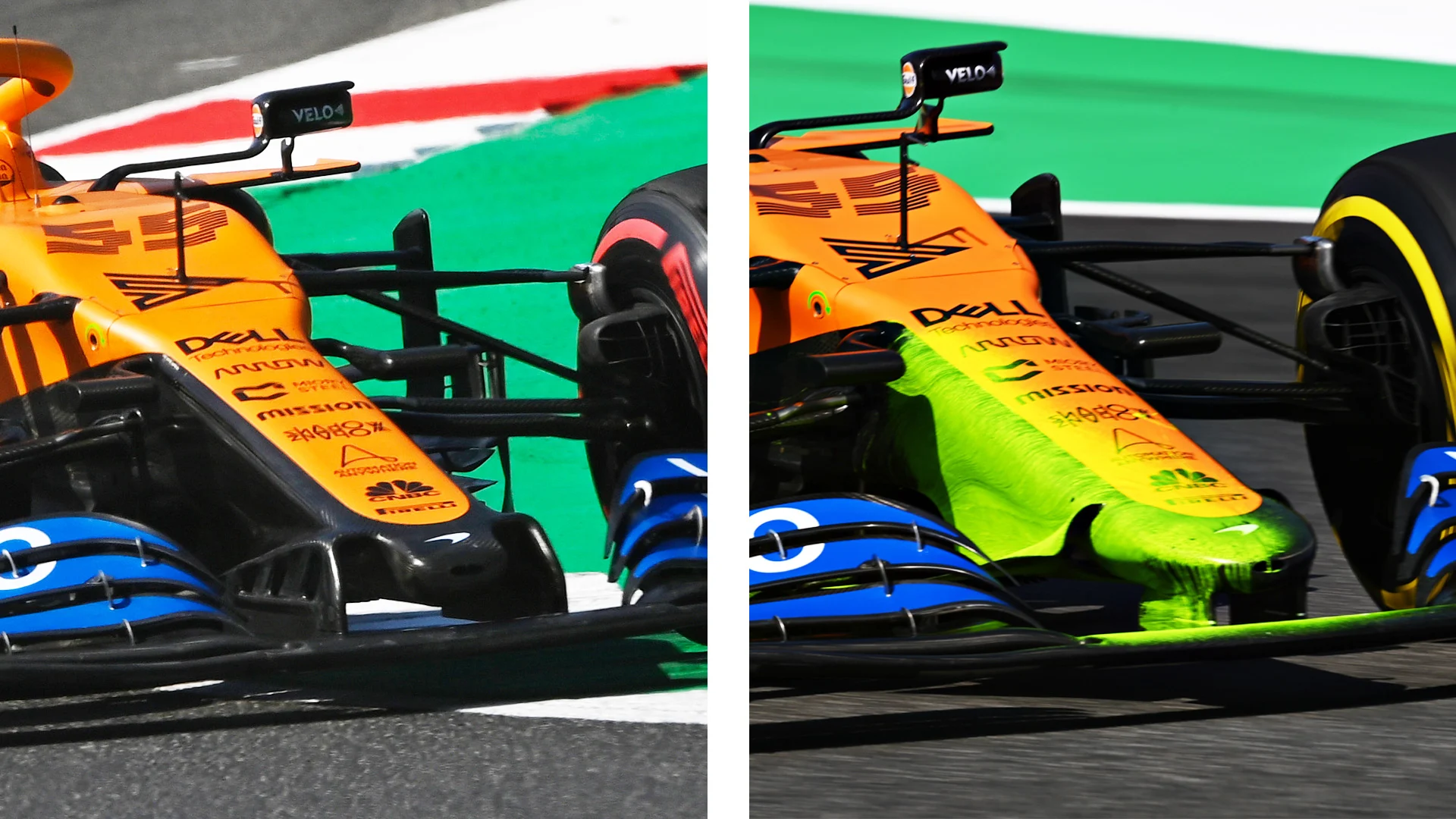
This is what McLaren are weighing up. The new nose, slightly narrower and more curved across its width, moves it more towards a Mercedes and Renault concept. The move towards such noses is to better accommodate the increasingly favoured ‘cape’, a flat section of bodywork beneath the nose channelling airflow to the bargeboards, pioneered a couple of years ago by Mercedes. The alternative to the cape is the panel containing slotted vanes seen on the existing McLaren nose.
READ MORE: The 2021 F1 cost cap explained – what has changed, and why?
Both devices are there to create extra vortices to those induced by the 'Y250' mid-section of the front wing. The middle 250mm of the wing is by regulation neutral in section – ie it cannot be aerofoil – and where this forms an edge as the wing transitions to the aerofoil sections, so it creates a vortex of spinning air.
These counter-rotating vortices interact with the barge boards to speed up the airflow being fed to the underfloor. The combination of speed and direction of flow is crucial.
Aerodynamicists seem to have been finding that the turning of the flow from the nose to the bargeboards can begin earlier using a combination of narrow nose and cape than with the previous slotted vane arrangement.
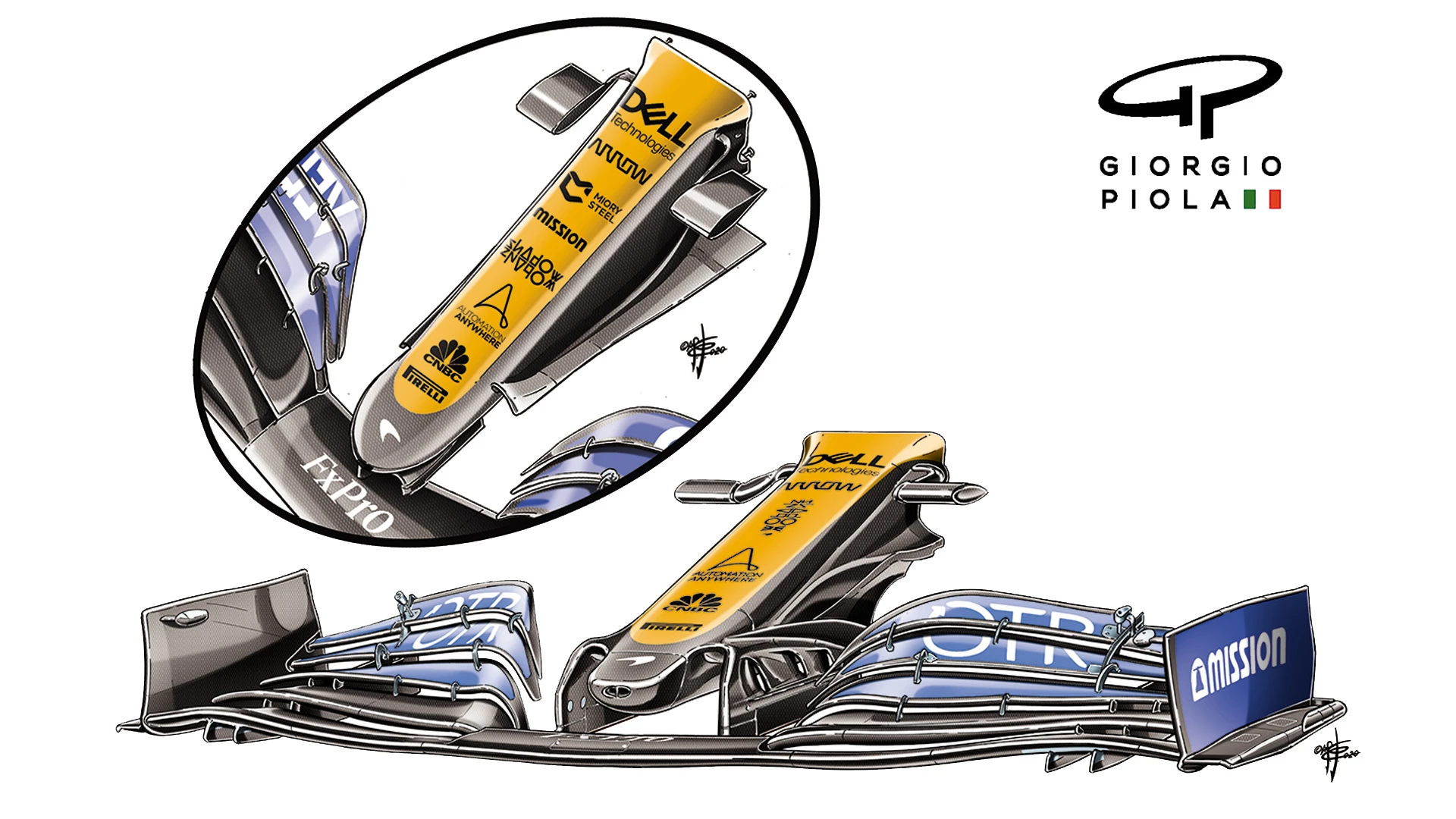
The earlier the flow can be turned, the more gradual the direction change can be made and the less likely the airflow will be to detach. But making a brand new cape method work more effectively than a well-honed slotted-vane method will likely take some time to research and simulate.
“It’s an experimental nose,” confirmed McLaren team boss Andreas Seidl in Mugello, “simply to gather some data because we found a good direction in the wind tunnel. It's something we want to confirm here at the track first before we then make decisions, if that's something we want to bring to the track later in the year.
“I would expect, if it's positive, that we can hopefully bring it in the next two or three races to the track, and hopefully it's a clear enough gain to make it a new standard. There is a deadline for homologation, end of September, and therefore we need to establish for ourselves which direction we want to go.”
More Tech Tuesdays
A close look at the ‘experimental’ new nose McLaren tested at Mugello
F1’s latest race-winning car is AlphaTauri's AT01 – but how similar is it to the 2019 Red Bull?
A look at the W11 upgrades that show how hard Mercedes are pushing to stay ahead
What does the 2021 aero rules change mean for the cars – and which teams will it hurt most?
The Mugello updates that show Racing Point's RP20 is moving away from its Mercedes W10 inspiration
Next Up
Related Articles
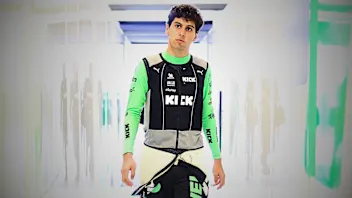 ExclusiveBortoleto on his rookie year and Audi excitement
ExclusiveBortoleto on his rookie year and Audi excitement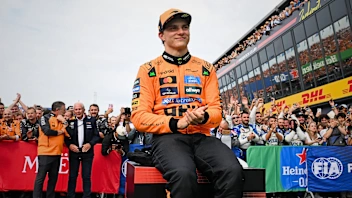 Hinchcliffe'History shows Piastri will be even better in 2026'
Hinchcliffe'History shows Piastri will be even better in 2026'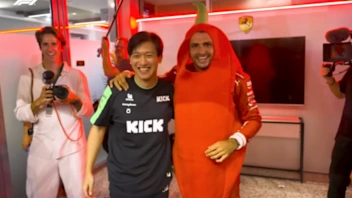 The best moments from F1 Secret Santa over the years
The best moments from F1 Secret Santa over the years F1 CEO Domenicali reflects on 'phenomenal' 2025
F1 CEO Domenicali reflects on 'phenomenal' 2025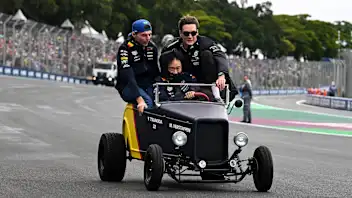 Best radio and more – F1's 2025 alternative awards
Best radio and more – F1's 2025 alternative awards 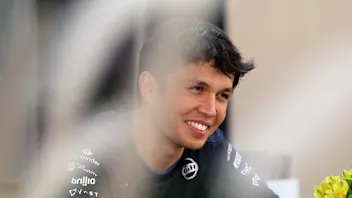 Albon names moment he's most proud of from 2025
Albon names moment he's most proud of from 2025